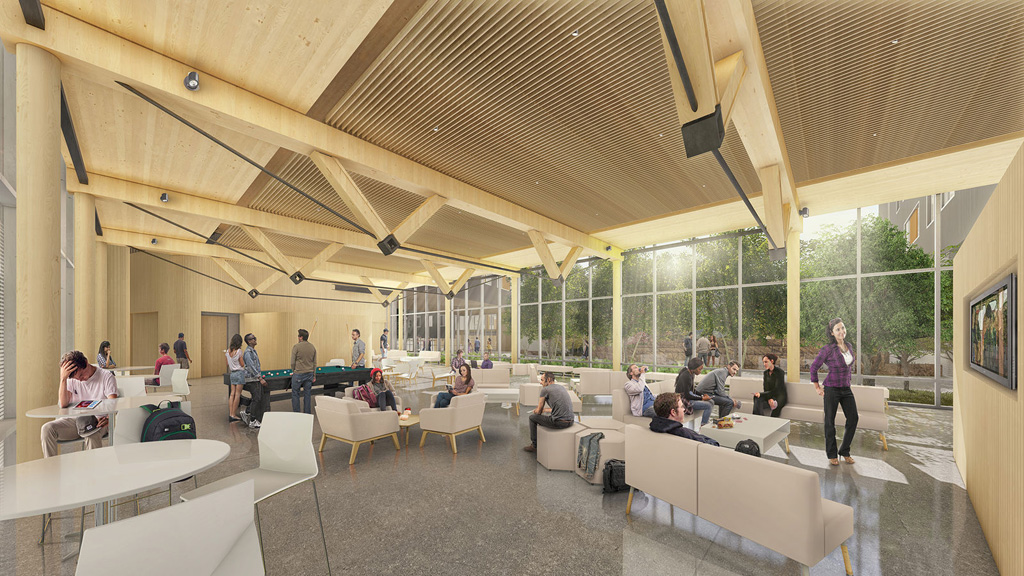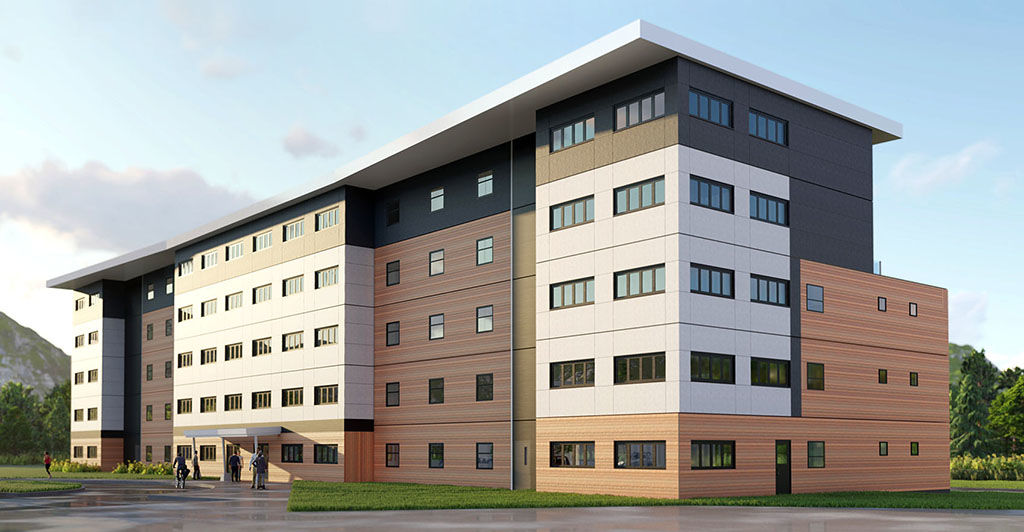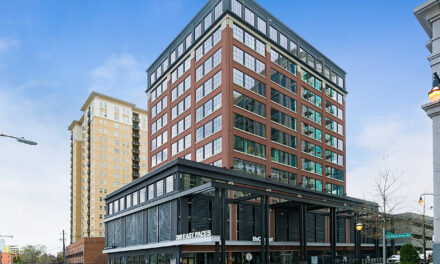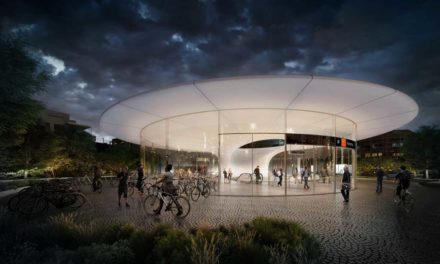Tight timelines, limited budgets, stringent safety requirements and high standards for sustainability are also creating unique challenges for architects and developers. With spending on education building construction predicted to grow by 4.8 percent year-over-year in 2018, designing and building with wood provides solutions for the growing challenges while simultaneously helping architects and developers capture their share of this expanding market.
For these reasons, the new Stadium Drive Residence Halls at University of Arkansas will be the first U.S. student housing development to use cross-laminated timber (CLT) and the first multi-story mass timber development in the state of Arkansas.
“At Stadium Drive Housing project, we were able to take advantage of digital pre-fabrication of mass timber structural elements such as CLT floor and roof panels, along with glued laminated timber (glulam) columns and beams for economy and expressive design potential,” explained Tom Chung, Principal with Leers Weinzapfel Associates. “By carefully configuring the modular housing units with the overall length, width and shape of the buildings we were able to maximize the efficiency of CLT panels, which minimized production waste while also allowing for special moments of expressive structure such as the CLT-glulam roof and truss in the building’s main space. Pre-fabricating all of these elements meant a reduction in installation time onsite compared to conventional means.”

Stadium Drive Residence Halls, University of Arkansas. Image credit: Leers Weinzapfel Associates, Modus Studio, and Mackey Mitchell Architects
Student housing solutions like Stadium Drive are in high demand, with a growing number of students attending colleges and universities. Institutions are looking for creative and cost-effective ways to expand their housing offerings so more students can live on or near campus. Wood construction offers rapid, modular assembly, enabling developers to get student housing facilities online in time for the new school year. These facilities can also help attract and retain students by meeting the same quality and environmental objectives as other campus buildings.
For Trinity Western University in British Columbia, accommodating a fast-growing student population was a nice problem to have but an important one to solve. When the school needed to quickly expand its student housing for the upcoming school year, modular wood construction enabled a nine-month turnaround that would have been virtually impossible to achieve using other construction methods.
“Using a modular design ticked off all the boxes on our list of needs and then some,” said Bob Nice, senior vice president of business administration and chief financial officer at Trinity Western University. “With a modular design we were able to meet an extremely tight deadline, reduce the construction site footprint on campus, stay within our budget constraints and give our students a safe, beautiful building with well thought-out layouts and features.”
There is a strong case to be made for using wood in school construction to accommodate a growing number of students with structures that are cost effective, while also creating high-performance buildings that are safe, resilient and eye-catching.
To learn more about the possibilities and benefits of using wood in education buildings, visit ThinkWood.com.





